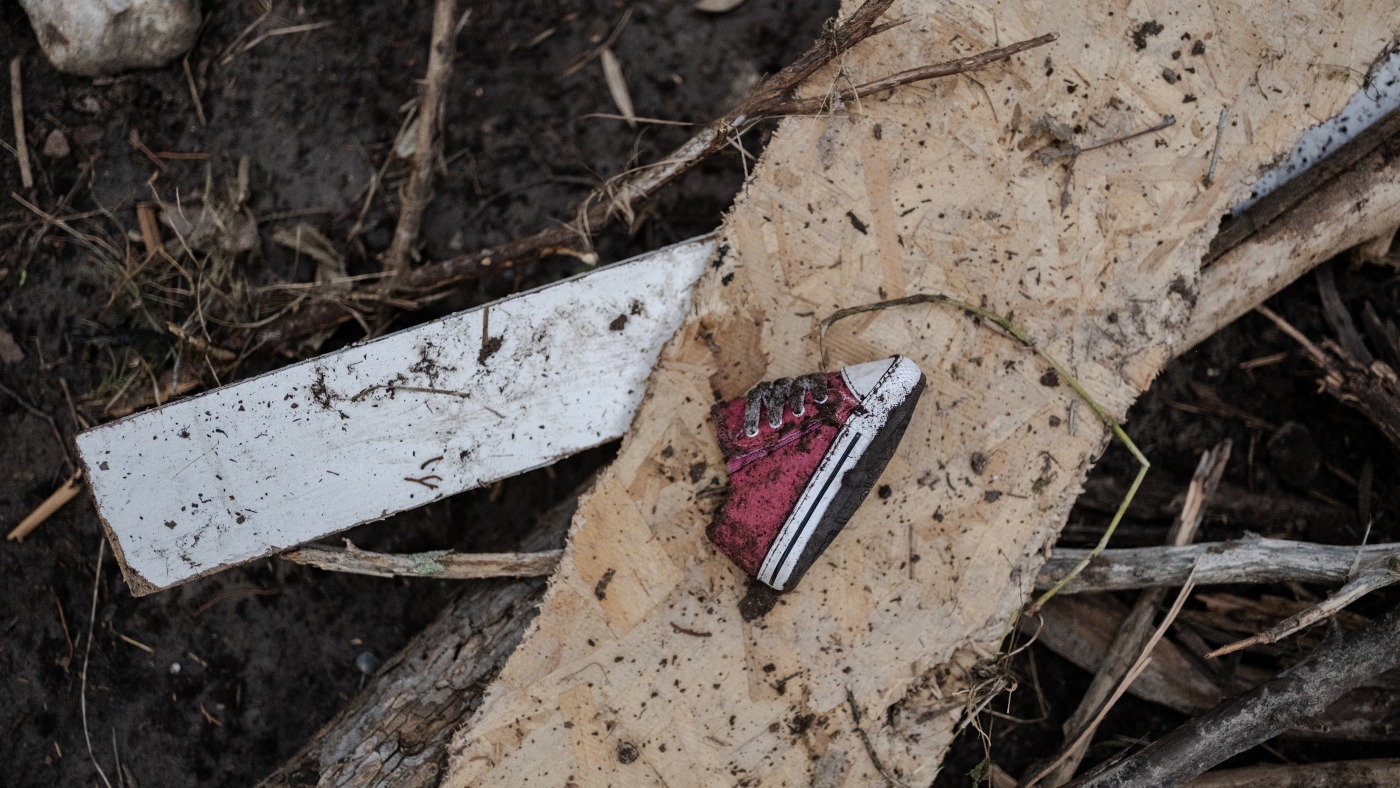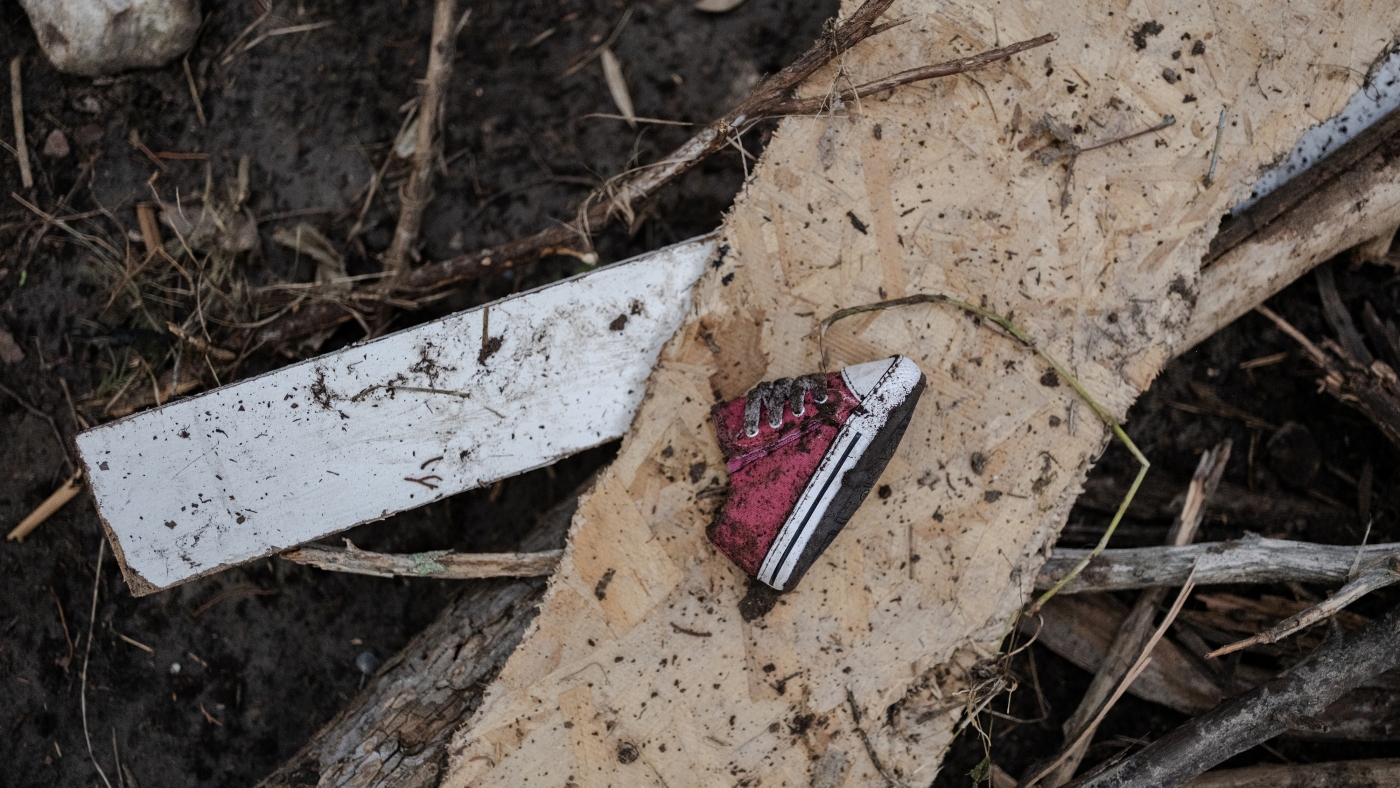The Texas Hill Country, known for its picturesque landscapes and tranquil rivers, became the epicenter of a devastating natural disaster in early July 2025. A catastrophic flash flood, triggered by an unprecedented downpour, turned the region into a scene of unimaginable destruction. The event, which occurred just after Independence Day celebrations, claimed over 100 lives and left communities in shambles. The disaster not only highlighted the vulnerabilities of the region but also raised critical questions about preparedness, response, and resilience.
The immediate cause of the disaster was a torrential downpour that dumped months’ worth of rainfall in just a few hours. The National Weather Service (NWS) had issued flash flood warnings, including rare “flash flood emergencies,” but the rapid onset and intensity of the flooding caught many by surprise. The Guadalupe River and its tributaries surged with unprecedented force, transforming familiar landscapes into raging torrents within minutes. The hardest-hit area was Kerr County, where the floodwaters engulfed Camp Mystic, a summer camp that became a tragic symbol of the disaster. Reports indicate that over 27 children and counselors lost their lives, a loss that has left an indelible mark on the community.
The aftermath of the floods has been marked by a wave of scrutiny and a search for answers. Central to the investigation are questions about the adequacy of warnings, the timeliness of evacuation orders, and the long-term measures in place to mitigate flood risks. Critics have pointed to potential issues with the NWS warning system, particularly in the Hill Country region, known as “Flash Flood Alley.” Some residents and officials claim that the alerts were delayed or did not adequately convey the magnitude of the impending threat. Additionally, questions have been raised about whether a more proactive approach to evacuation could have saved lives. The adequacy of flood control infrastructure and land management practices has also come under scrutiny, with some pointing to a lack of investment in infrastructure and preparedness over the years.
The search for answers has led to a blame game, with fingers pointed in multiple directions. Some local officials have alleged that delayed warnings from the NWS contributed to the disaster. The White House press secretary, however, criticized those finding fault with the flood warnings. Others have looked further back, questioning whether the state’s Division of Emergency Management adequately prepared for such an event. This points to a potential systematic failure in disaster preparedness at multiple levels. The complexity of the situation is underscored by the fact that recovery efforts faced an unexpected obstacle, although the full nature of this obstacle was not elaborated upon.
Amidst the devastation, stories of resilience and compassion have emerged. Over 850 people were rescued, and ordinary citizens stepped up to help their neighbors, offering shelter, food, and support. Volunteer organizations mobilized to provide assistance to those affected. The Community Foundation of the Texas Hill Country played a vital role in coordinating local recovery efforts. The collective strength of the community became a beacon of hope in the face of immense adversity. These acts of kindness and bravery serve as a reminder that even in the darkest of times, hope and compassion can prevail.
The Texas flood of 2025 will undoubtedly serve as a watershed moment, prompting critical reflection and reform in disaster preparedness and response. A thorough investigation has been called for to determine what went wrong and identify areas for improvement. This includes evaluating warning systems, evacuation protocols, flood control infrastructure, and land management practices. The tragedy also underscores the importance of community resilience and the power of human connection in the face of adversity. The stories of ordinary people helping one another serve as a reminder that even in the darkest of times, hope and compassion can prevail.
The landscape of Texas Hill Country bears the scars of the 2025 flood. But, even as the physical wounds heal, the memories of the lives lost and the lessons learned will remain etched in the hearts of the people. This tragedy will serve as a catalyst for change, ensuring that communities are better prepared and more resilient in the face of future disasters. The spirit of Texas, forged in the crucible of adversity, will endure. The lessons learned from this disaster will not only shape the future of disaster preparedness in Texas but also serve as a model for other regions facing similar challenges. The resilience and compassion demonstrated by the people of Texas Hill Country will continue to inspire and guide efforts to build a safer and more resilient future.








